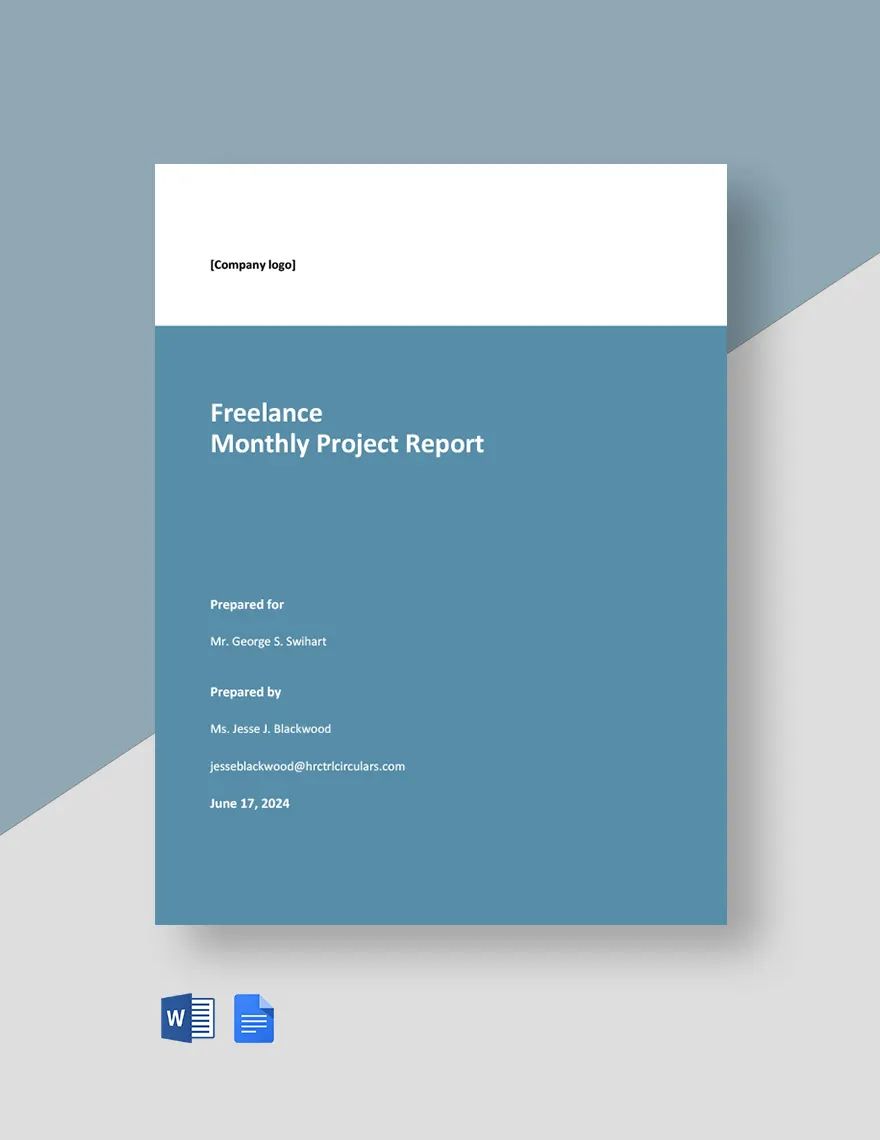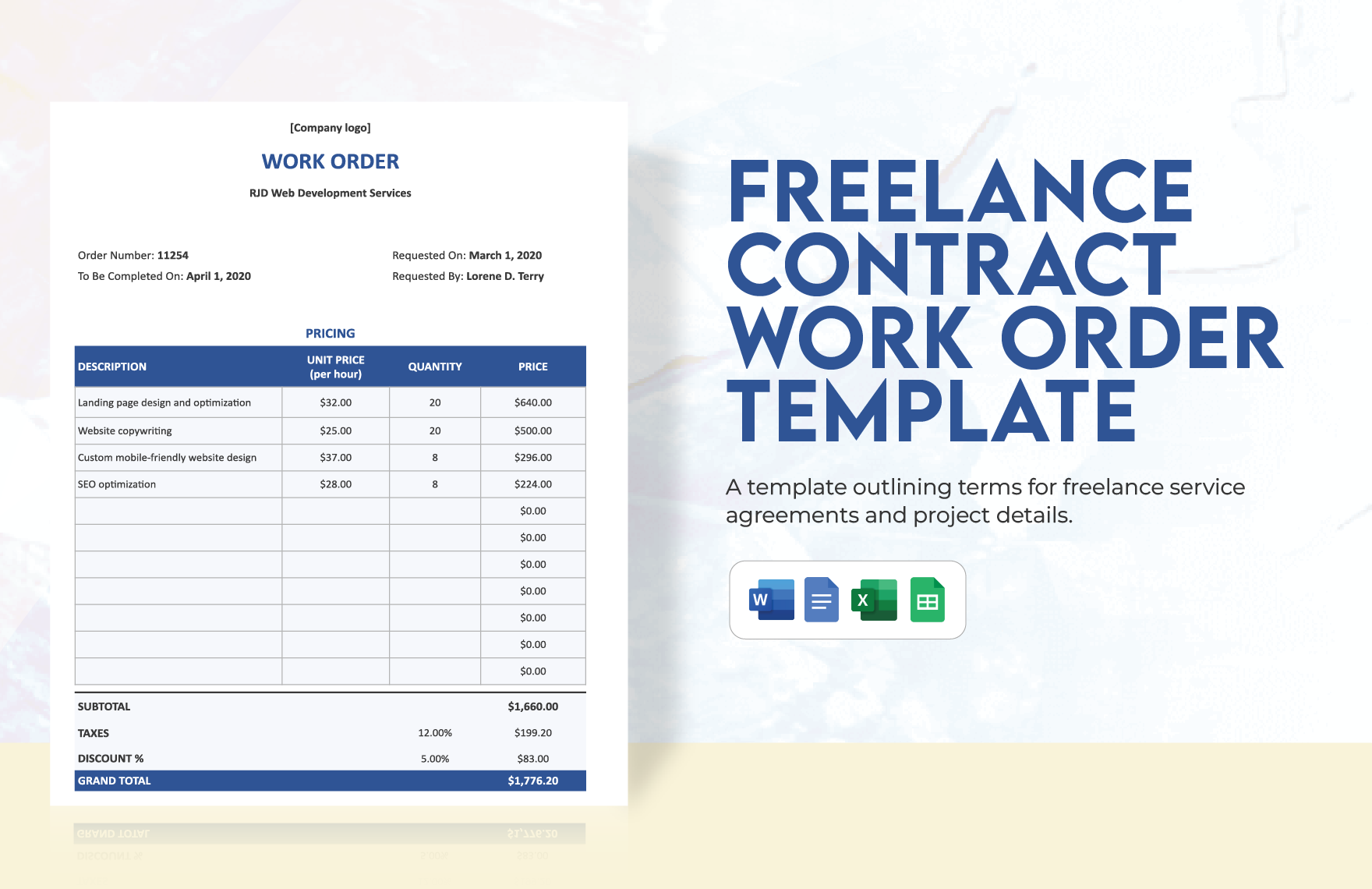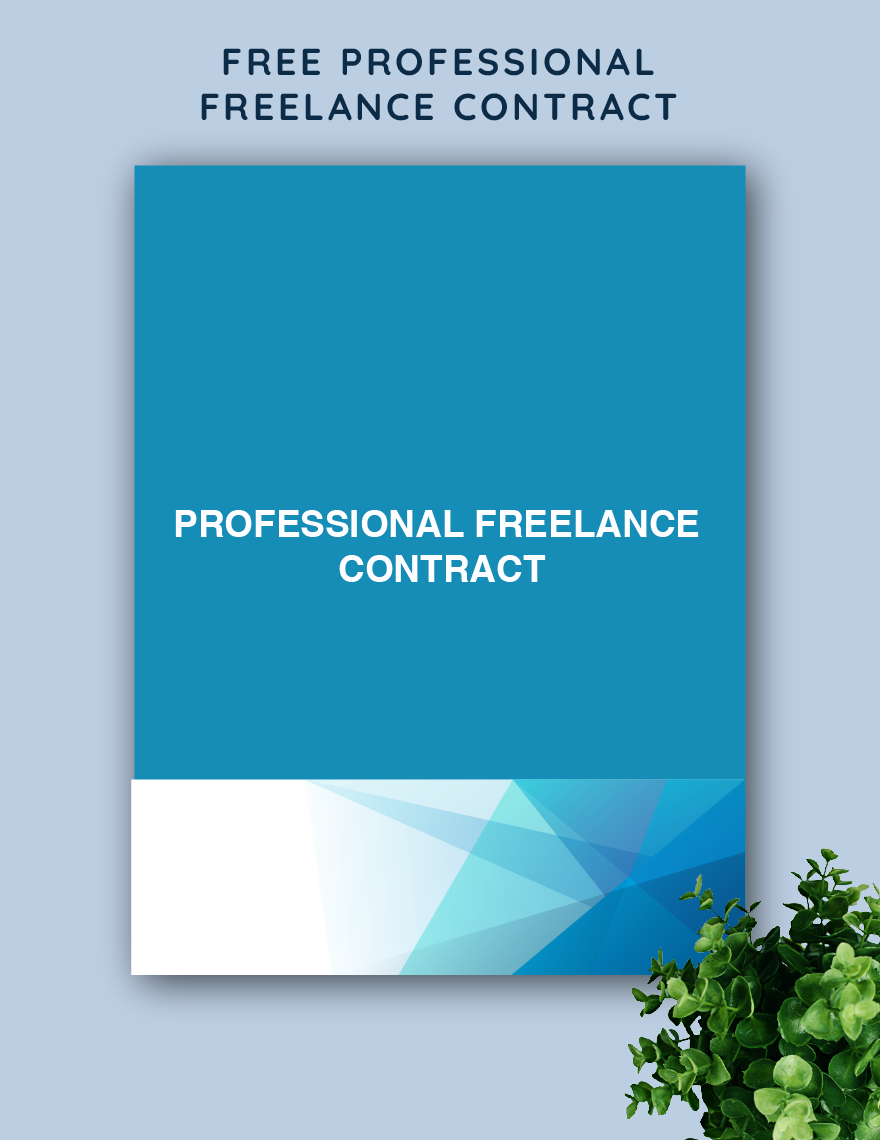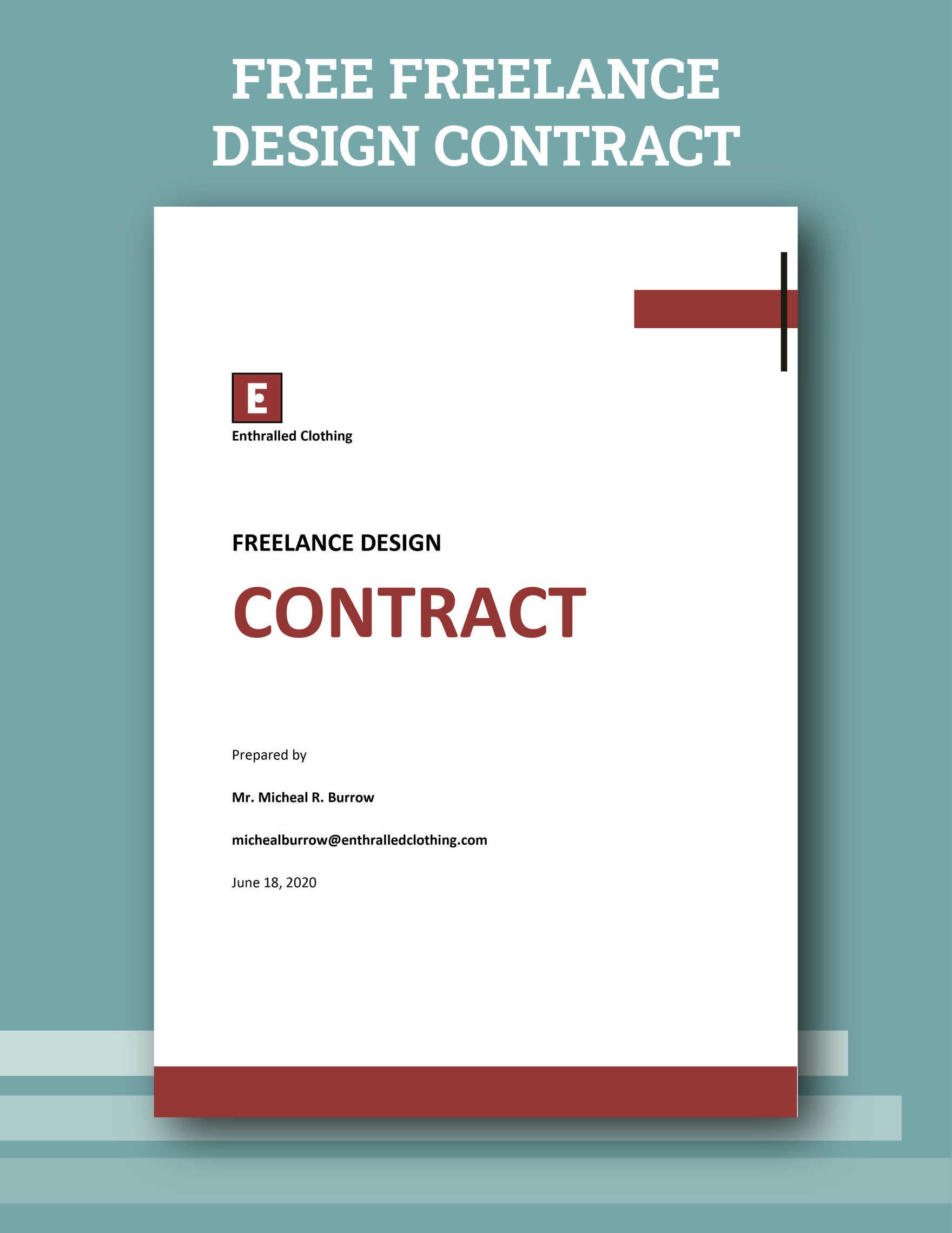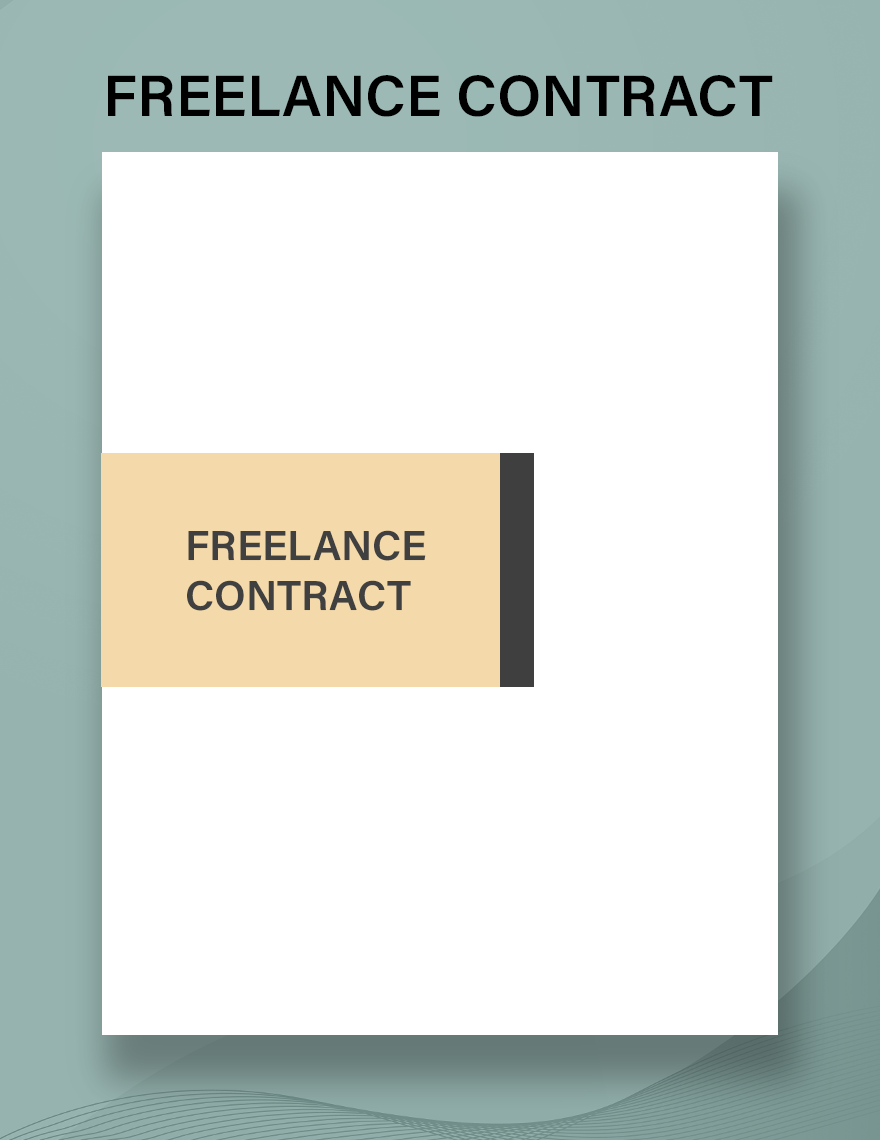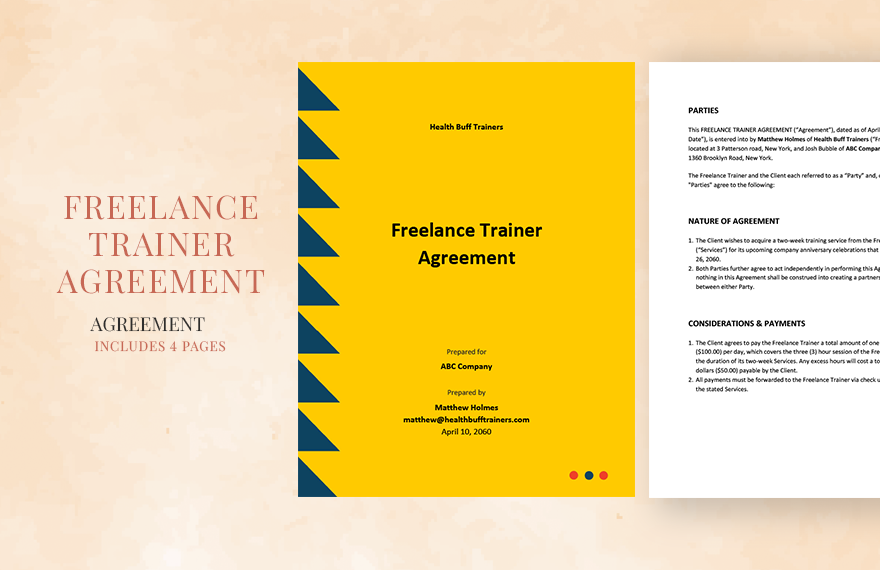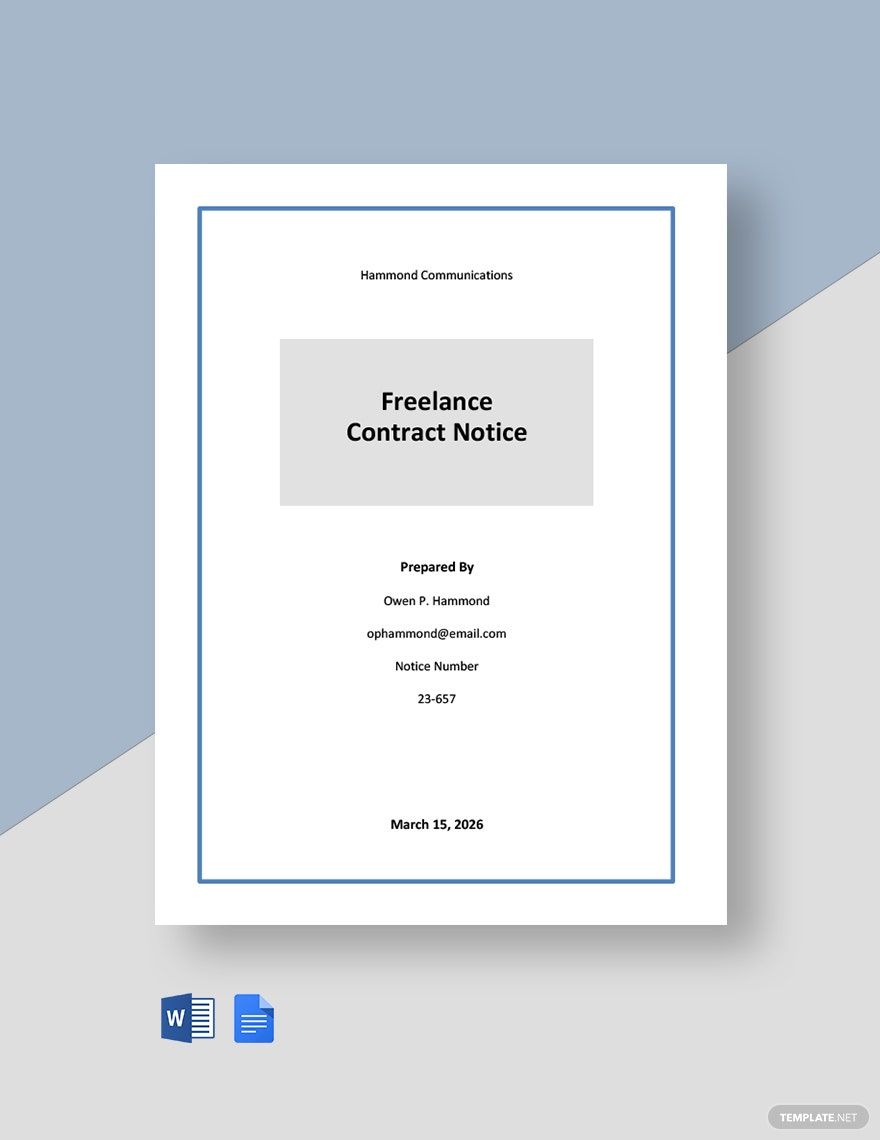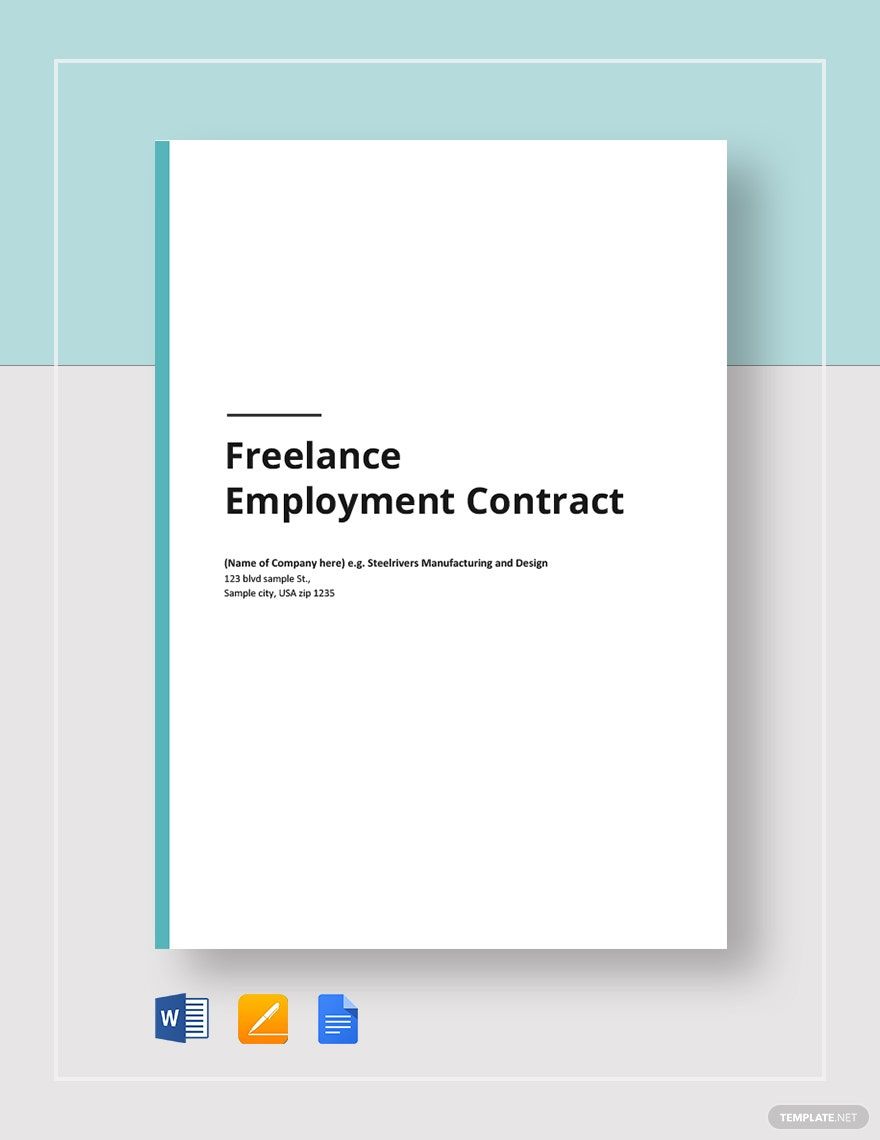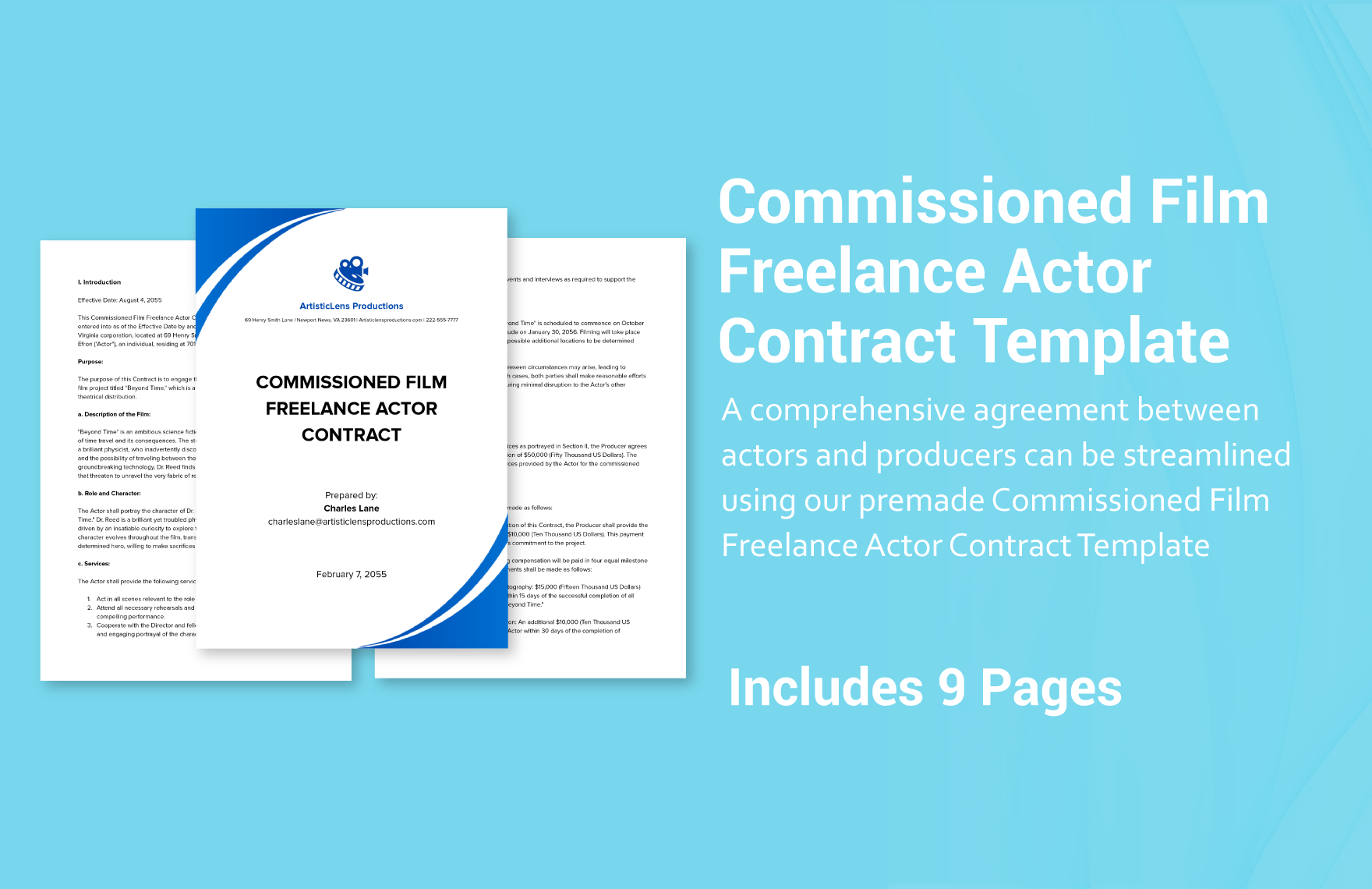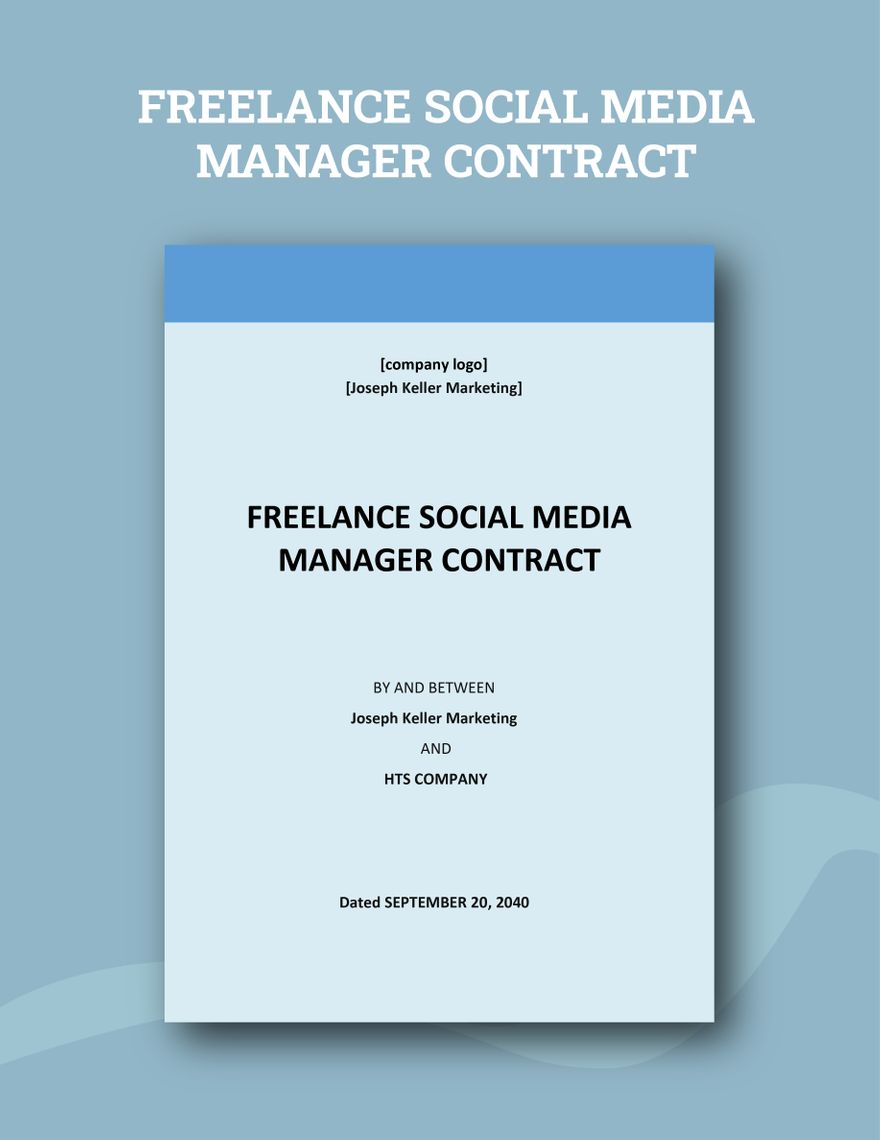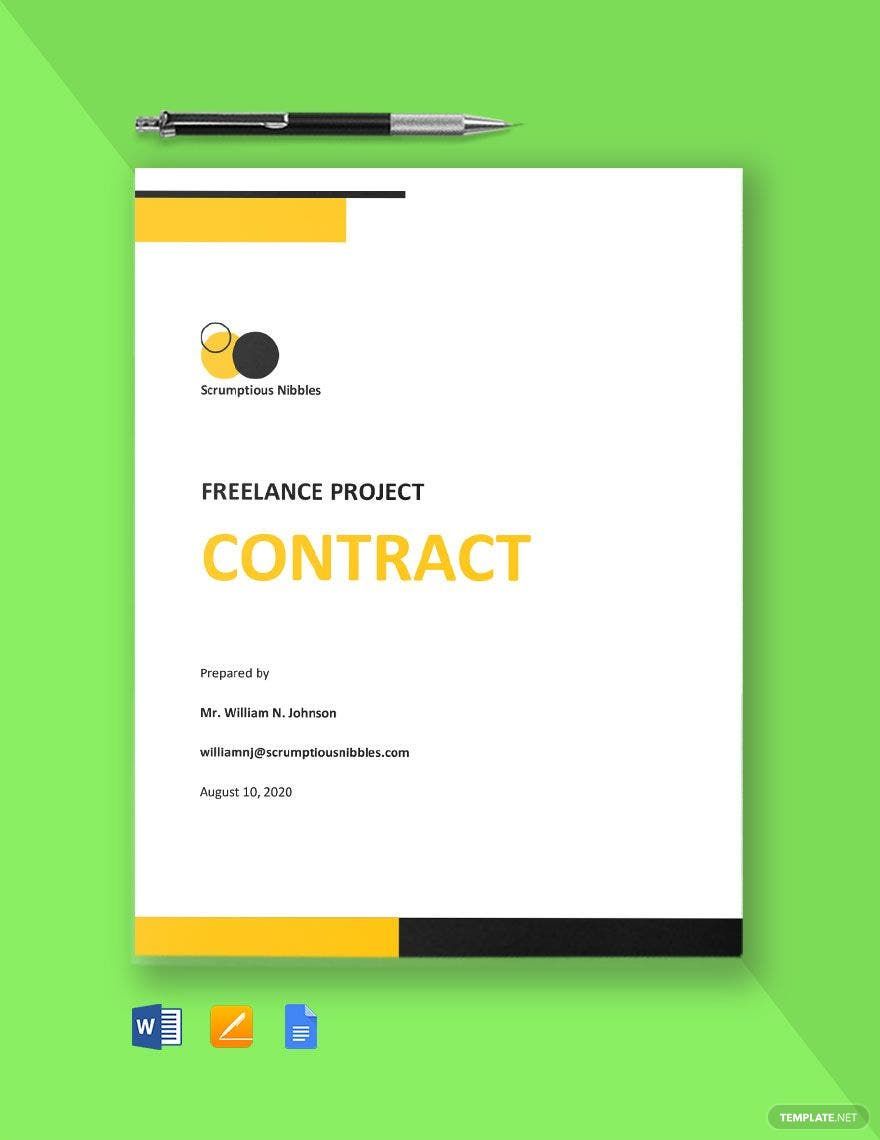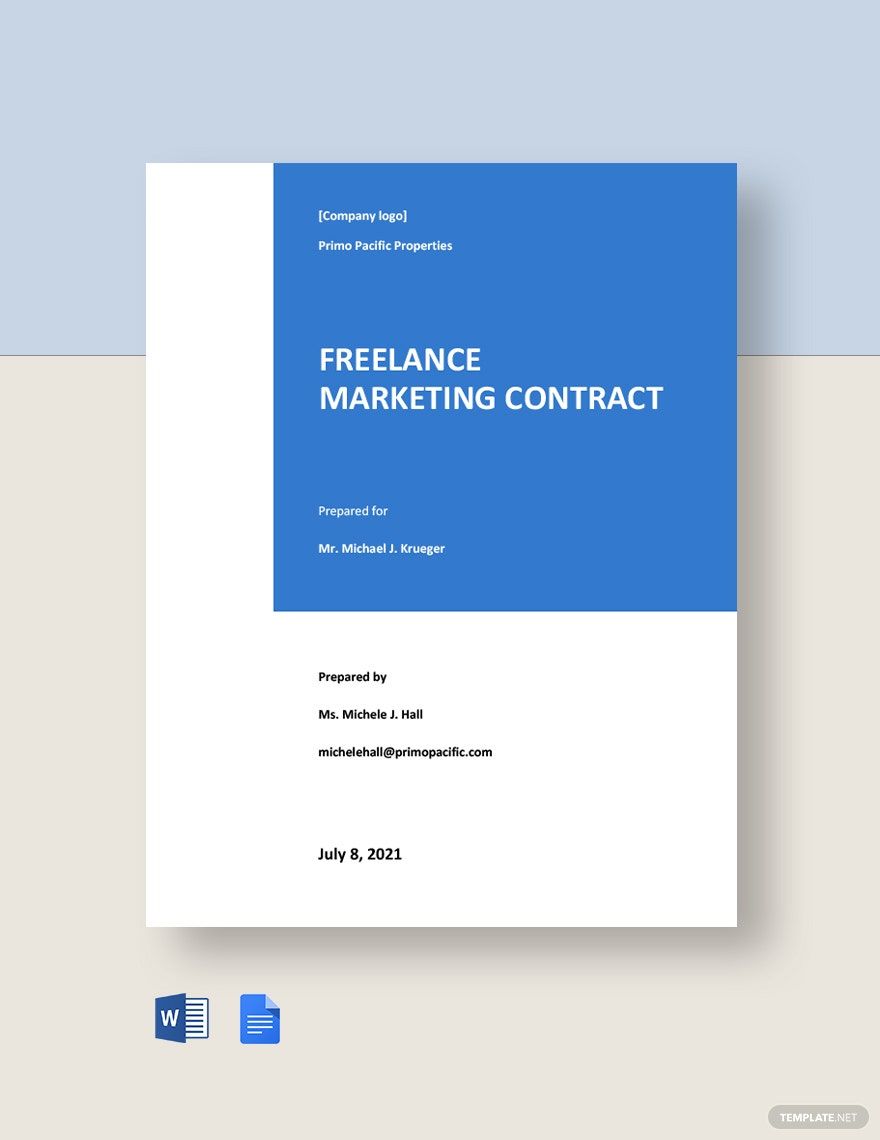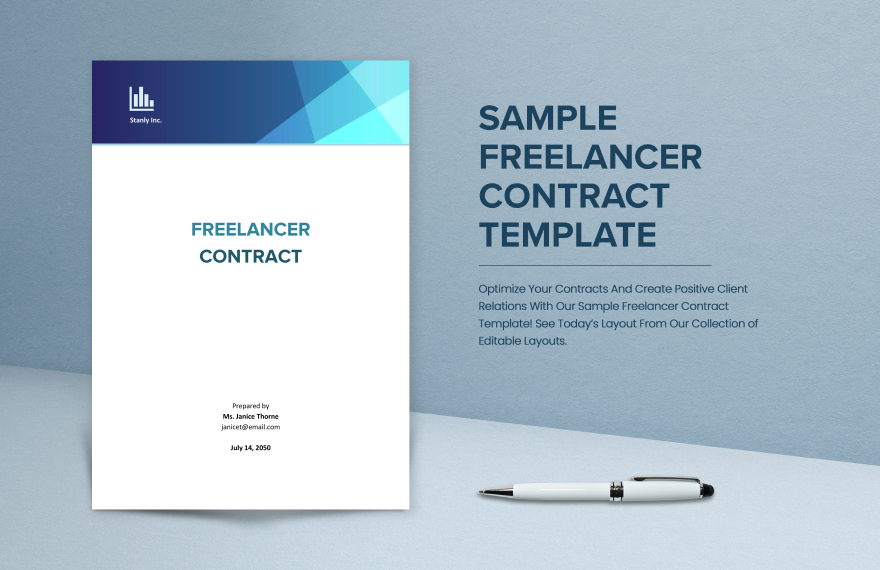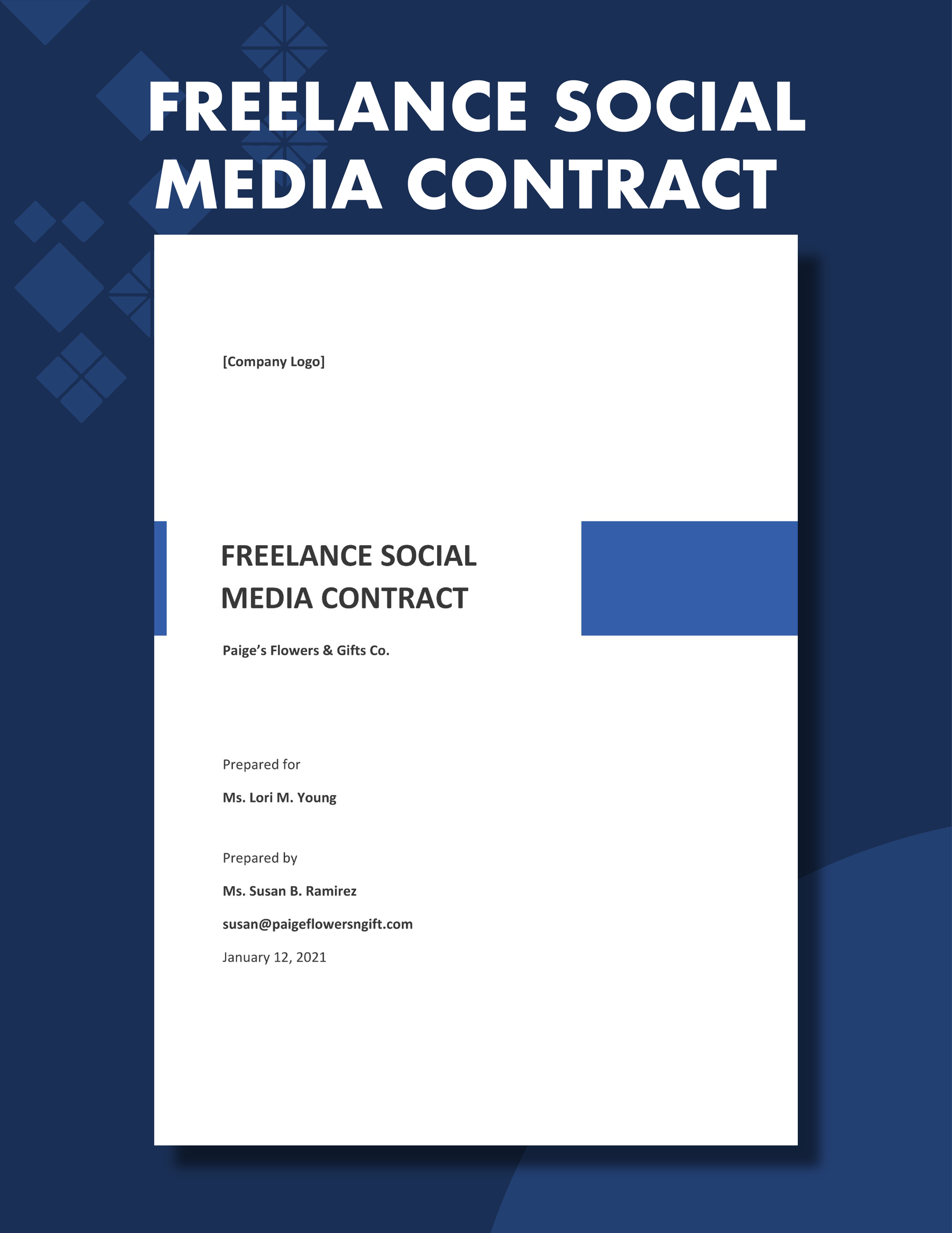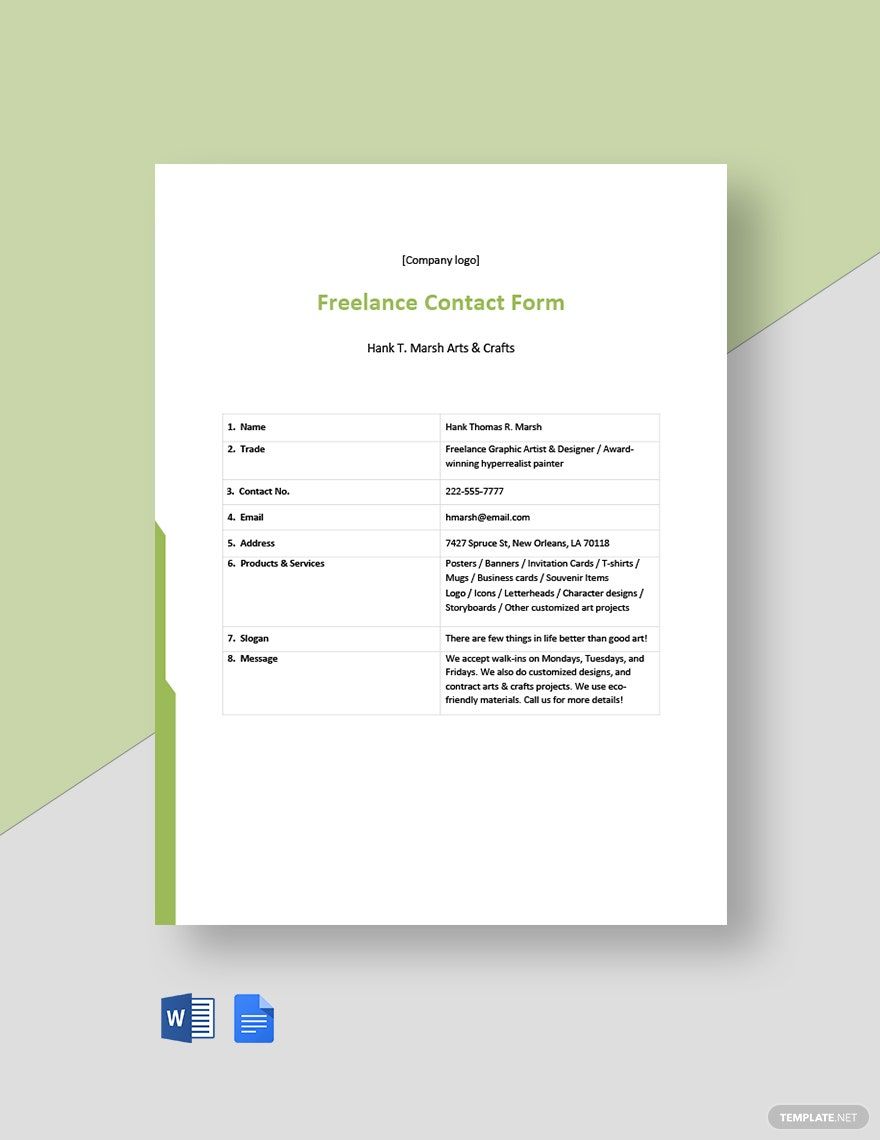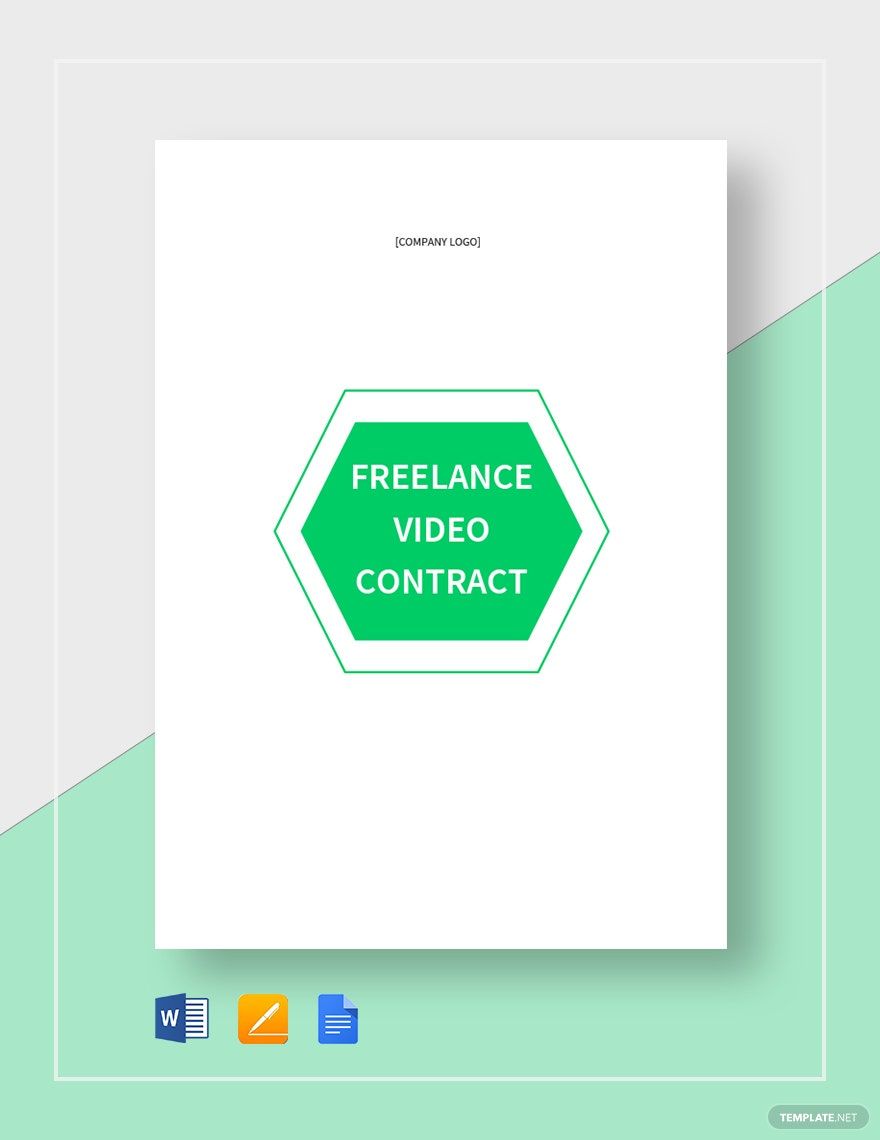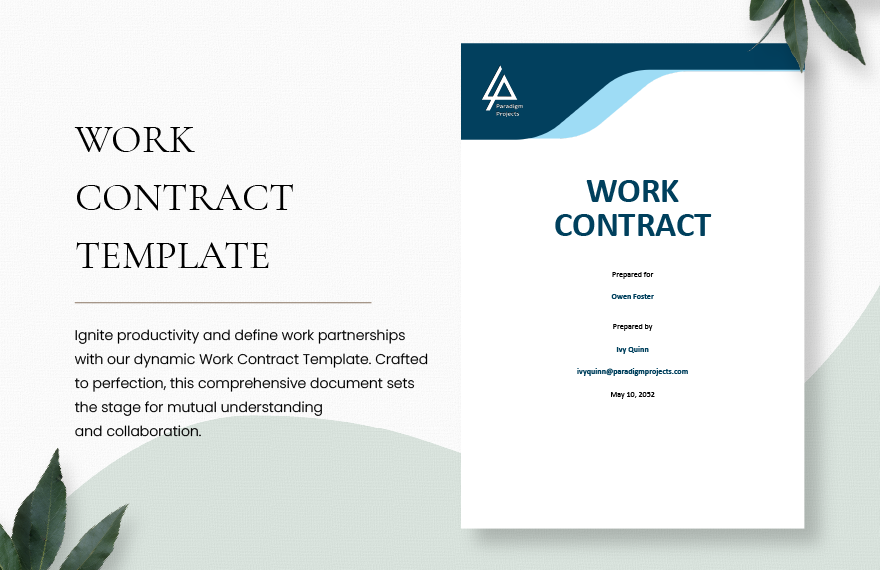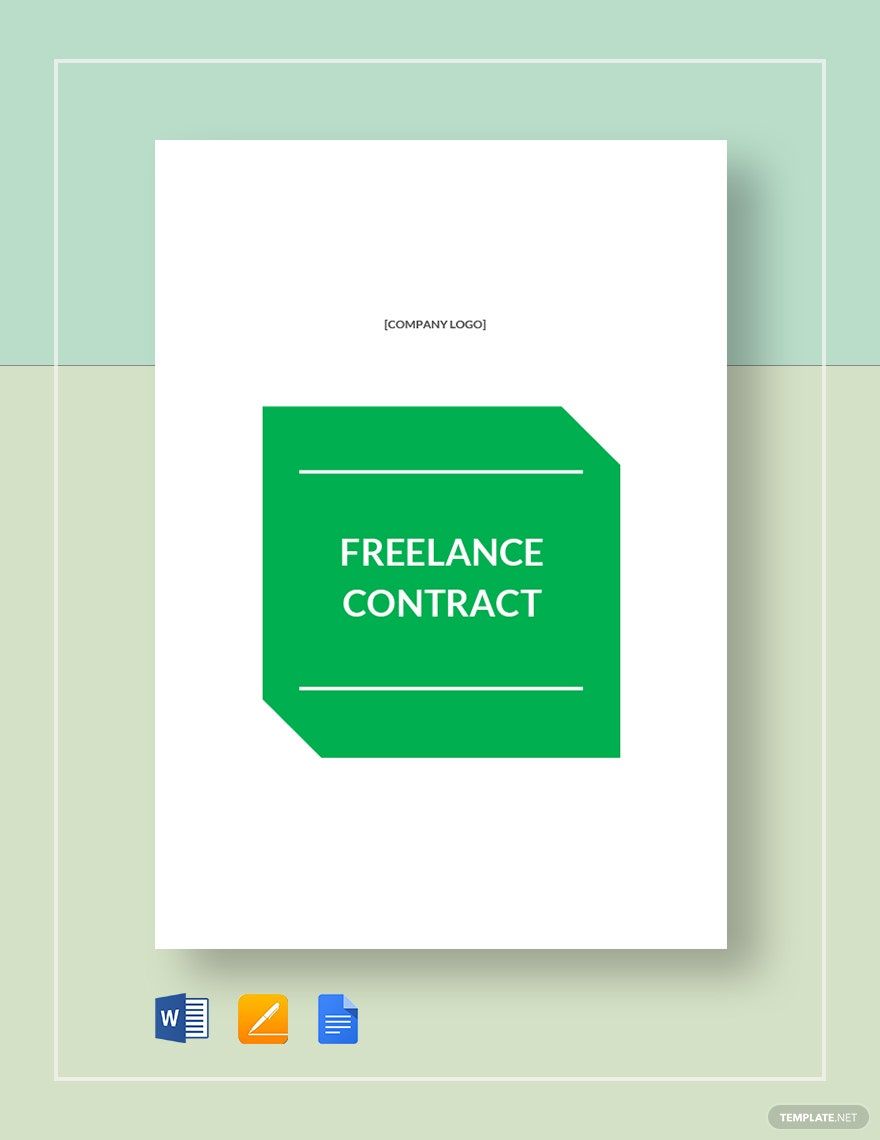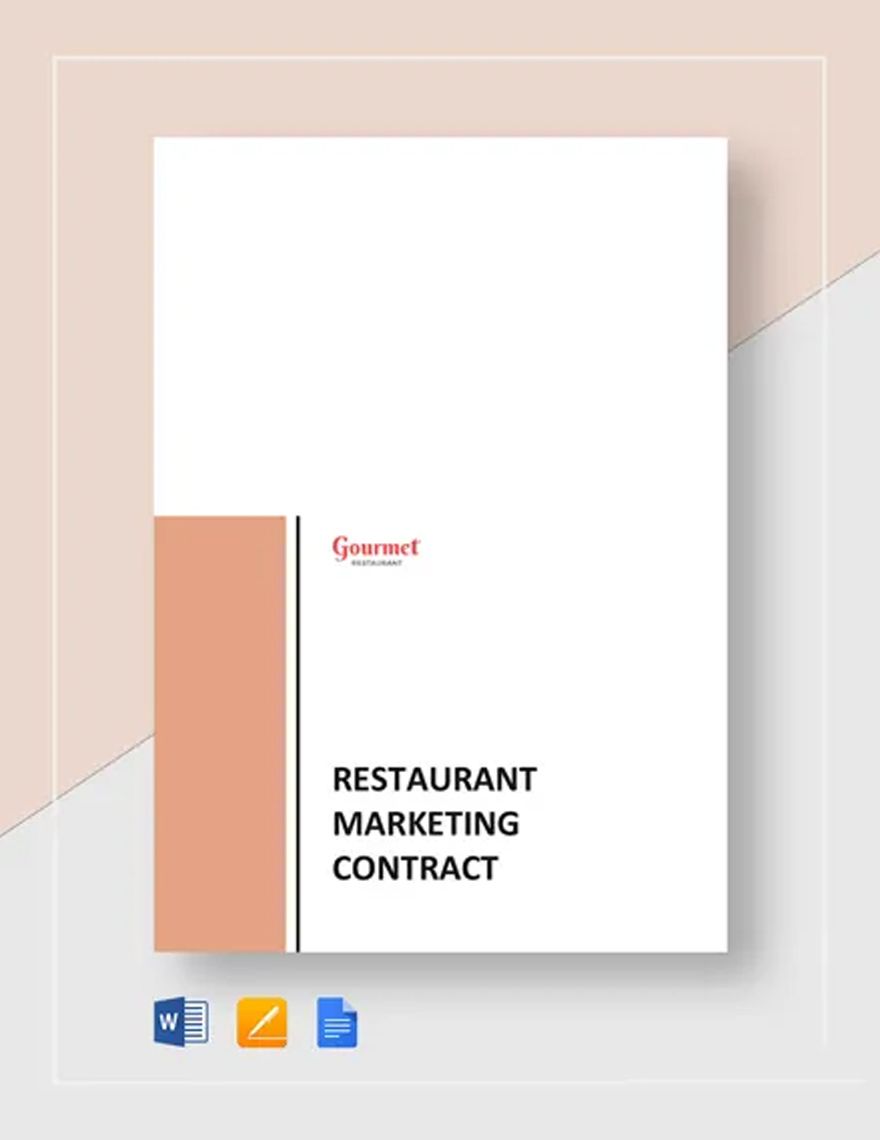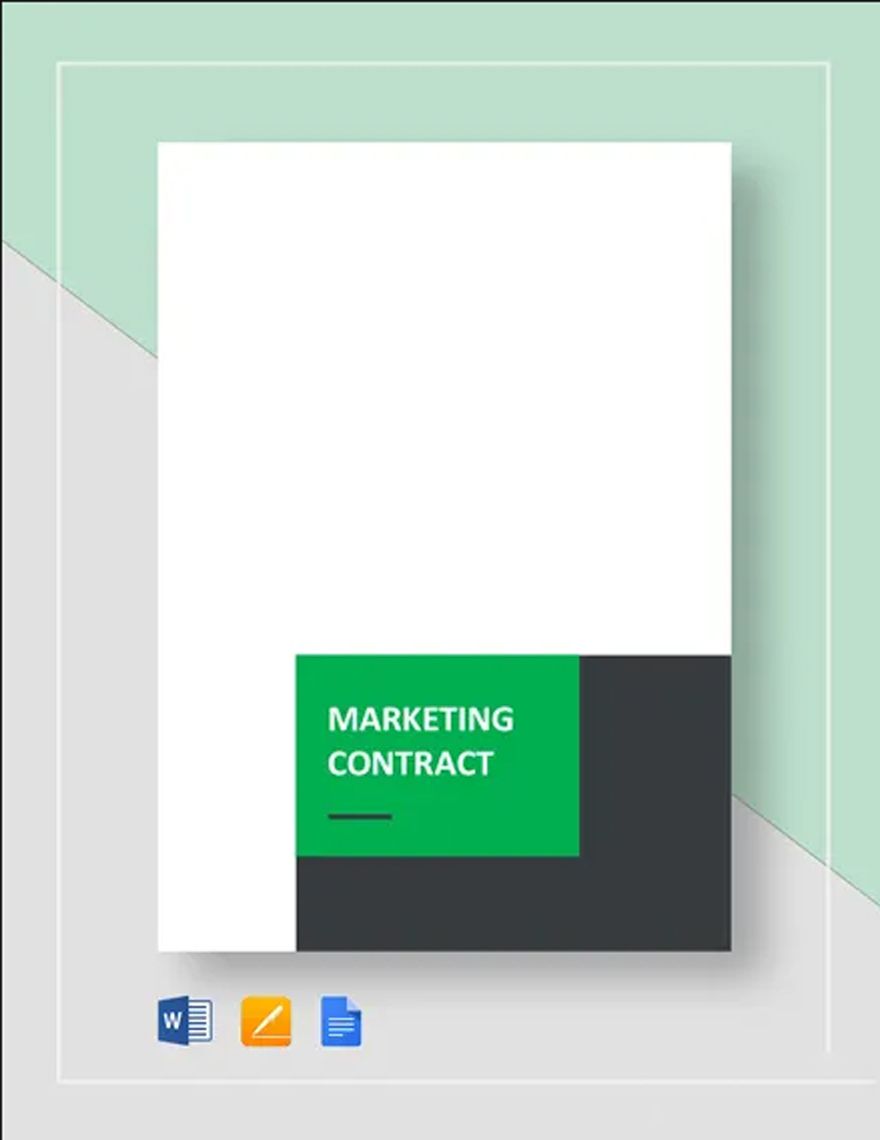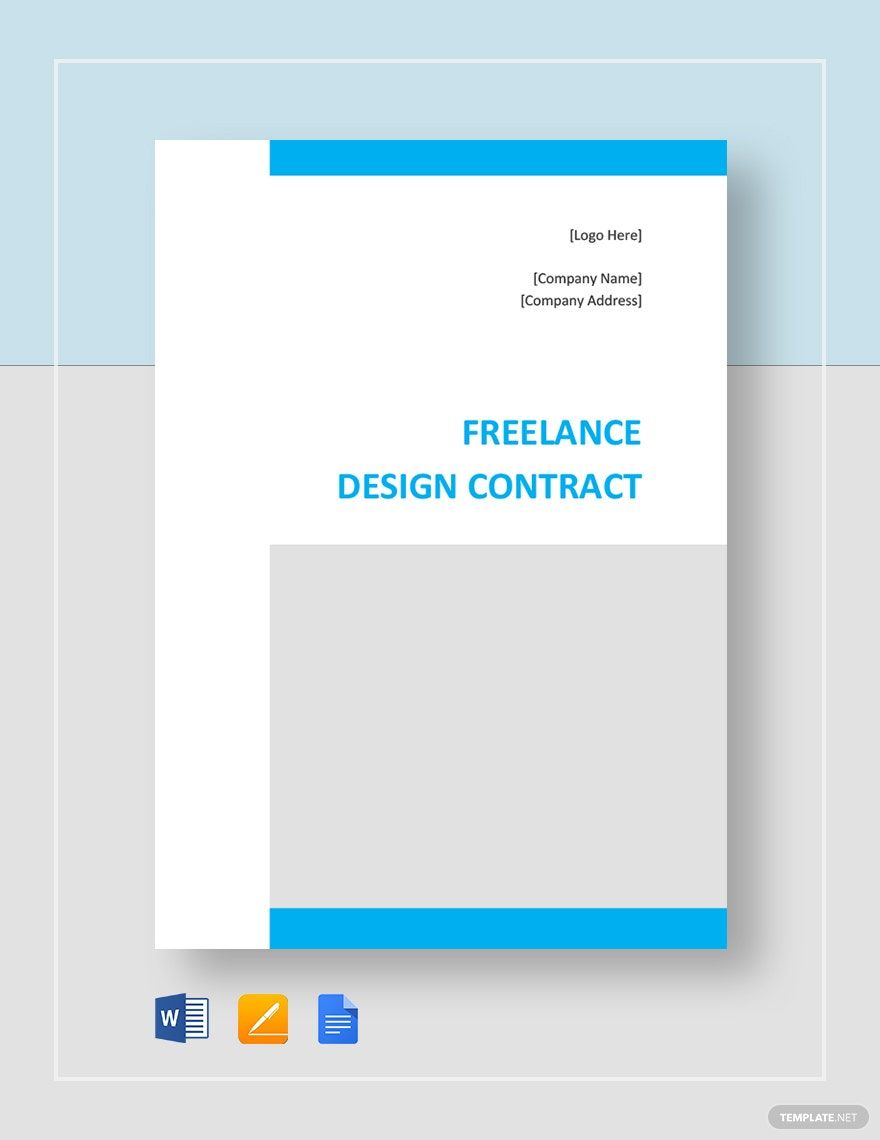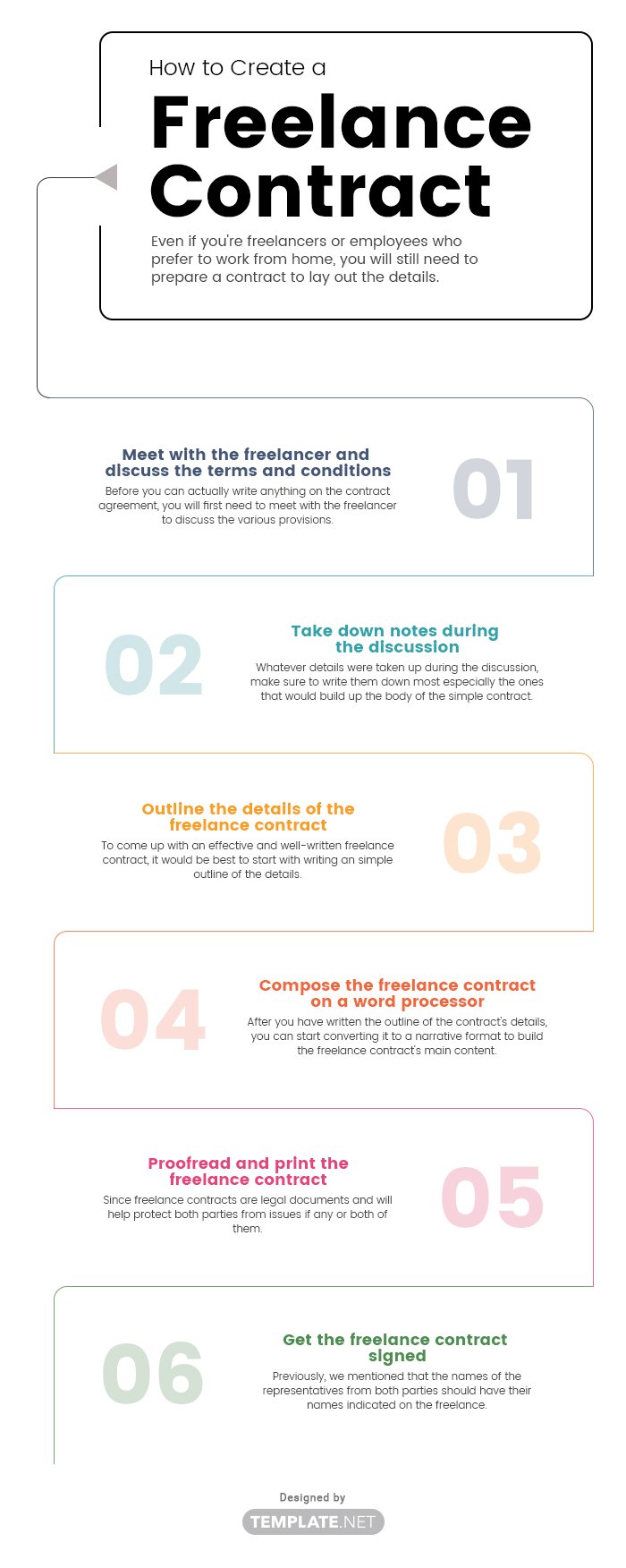Even if you're freelancers or employees who prefer to work from home, you will still need to prepare a contract to lay out the details regarding the freelance job and the roles and responsibilities of both parties. Check out the list of instructions below, it will provide you with all the information necessary for making a well-written freelancer employee contract.
1. Meet with the freelancer and discuss the terms and conditions
Before you can actually write anything on the contract agreement, you will first need to meet with the freelancer to discuss the various provisions. You can ask for their credentials and capabilities and you can also provide them with details regarding the deadline and the compensation. As much as you can, make everything clear between the two of you and exchange suggestions if necessary.
2. Take down notes during the discussion
During the entire discussion, always keep a piece of paper handy for taking down notes. Whatever details were taken up during the discussion, make sure to write them down most especially the ones that would build up the body of the simple contract. You might want to encourage the freelance worker to do the same, although you can also recap everything once the discussion is over.
3. Outline the details of the freelance contract
To come up with an effective and well-written freelance contract, it would be best to start with writing a sample contract of the details. You may refer to the notes that you took down during the discussion and gather relevant information from that. When writing the outline, use short sentences or write them in bullet points in order for you to easily digest them and convert the information to narrative form.
4. Compose the freelance contract on a word processor
After you have written the outline of the contract's details, you can start converting it to a narrative format to build the freelance contract's main content. This should be done on a word processing application such as Microsoft Word, Apple Pages, or Google Docs, and you should observe proper formatting. For the contract's header, provide a title and indicate the names of the parties involved. And for the footer, write again the names of the parties involved and indicate their titles or positions in the company contract.
5. Proofread and print the freelance contract
Since freelance contracts are legal documents and will help protect both parties from issues if any or both of them are being challenged, proofreading is necessary to review the quality of the content. Proofreading involves checking the content for grammatical errors and/or misspelled words. After proofreading the private contract, you can then proceed to print copies of the freelance contract, both parties should have their own copy.
6. Get the freelance contract signed
Previously, we mentioned that the names of the representatives from both parties should have their names indicated on the freelance contract's footer. This is because the people whose names are indicated on the legal agreement or marketing contract should affix their signatures over their respective names. Once the freelance contract has been signed, the deal is considered sealed and the terms and conditions will take effect.
